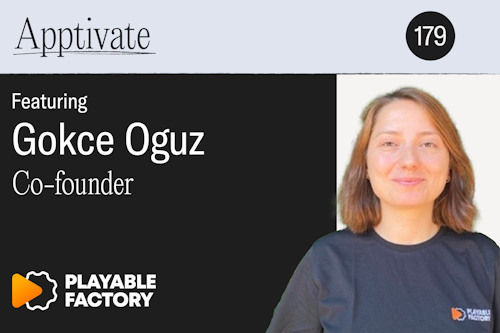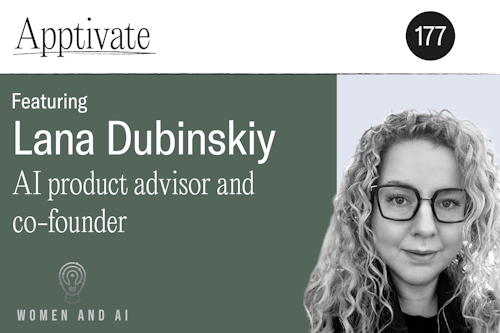What does the Privacy Zeitgeist mean for the App Ecosystem?
January 20, 2020

More noisy advertising with lower entropy.
Now it’s clearer how the future of privacy-centric advertising might look like:
Browsers will act as a gatekeeper and take control of measurement and targeting.
Google Chrome is not the first with the sandbox approach. Apple has implemented a Privacy-Preserving Ad Click Attribution with a similar sandbox approach in the latest WebKit version as a preview (see Webkit announcement including an acknowledgment to Mozilla’s anti-tracking policy). All major players are going this path. So what does it mean?
Although the exact features of the Sandbox API are in development, it will start with the basics:
- No user-based attribution: Marketers can call the API and receive a conversion report - delayed and with noisy metadata. You can still understand which ad clicks converted, but not which user.
- Interest-based advertising: Users will be grouped into cohorts with similar browsing behavior. No more one-to-one targeting.
What we can see with these approaches is that the alternative is likely not another global identifier, but exactly the opposite: no more identifier at all, specific user information will be behind a wall.
The Norwegian Consumer Council’s just-published report just shows why this is also very likely to happen in the app ecosystem, where several fellow app ecosystem partners don’t shine.
Publicity like this, Apple’s strong mission towards privacy protection, and Google’s move now are all indicators that there will be change. And it looks like global identifiers will be removed from the ecosystem as there will always be bad actors. The replacement is likely to be also the sandbox system.
Regarding timeline:
- Google will most likely use Chrome to experiment on how the sandbox will work. We likely won’t be seeing any change in the app system before their two-year deadline, when it would officially remove all third-party cookies.
- Apple might be faster, although it could be the first time, they will be cautious here as they don’t want to kill their strong app ecosystem (a big reason for customers to buy iPhones). There are several reports indicating that publishers lose about 50% of their advertising revenues when no alternative to user-based marketing is offered. So it’s likely that Apple will continue working on a robust sandbox alternative before they replace the IDFA.
- In the meantime, Apple might go similar ways with the IDFA user control like with location tracking alerts and raise the awareness that users can opt-out of targeted advertising in the app ecosystem. This might lead to a higher percentage of opt-out users with no alternative to getting any behavioral understanding of the user group.
We app marketers are smaller than the online and web folks and this move mainly hurts small- and medium-sized players as we might not have as many resources to shift a model as easily and players like Google or Facebook can identify users differently.
Also, it’s almost impossible to raise any money in the next 2 years with the uncertainty Google put into that timeframe (everybody will have to wait and see what really happens in a sandbox-only world). It’s important for all of us to think about the implications now and adopt the model accordingly.
At Remerge we are heavily building out incrementality measurement capabilities to offer insightful scientific results on each campaign - without the need of having a unique identifier.






